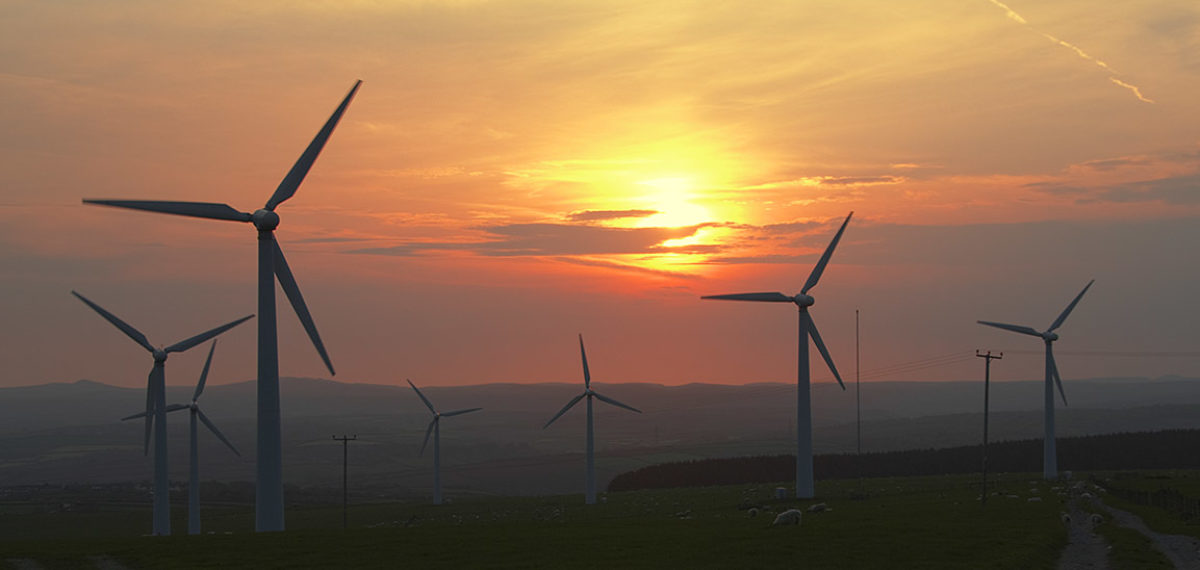Amidst a global shortfall of gas supplies in relation to demand (and a global increase in gas prices) the anti-renewables lobbies are busy blaming a lack of wind and solar (wot solar too?) for the soaring energy prices. It’s nonsense of course to pin the blame on renewables for a combination of a global oil and gas crisis and the UK’s unique market vulnerability to natural gas supply squeezes on renewables, but that’s precisely what is happening. The truth is we’d be much more secure and greener with a much higher proportion of energy coming from renewables backed up with a revived storage network that successive UK Governments have allowed to run down.
Of course we’ve had fossil fuel energy price surges and crises for decades, but now, suddenly, to read some papers and a lot of tweets, I’m told mainly from fossil fuel lobbyists, it’s the fault of renewables! Remarkable!
Some are even using the crisis to boost the case for nuclear power. Now that’s ironic, given that 5 out of 14 of EDF’s nuclear units are offline as I speak! With nuclear of course, it’s always going to be better in the future (and never is!). Certainly, the idea that the UK relying on 3.2 GW units (like Hinkley C and the planned Sizewell C) for its security at times of pressure is a guarantee of system security needs rather clearer analysis than is being done at the moment. (By the way, did you know that the first Hinkley C -like EPR, in China, got shut down this summer because of radioactive leaks? – somebody please tell me when it gets back online).
As a lot of industry insiders have been saying for years (with nobody in successive Governments listening to them), the UK has not only swapped its, what was 20 years ago, self-sufficiency in natural gas for reliance on short term supplies of imported liquified natural gas (LNG), but it has run down its gas storage capacity. This is not a new story. See this report by Reuters in 2018 during another gas price spike, for example on how UK gas storage is many times lower than other European countries (from 2018 – when opportunist lobbyists hadn’t yet got into the routine of blaming renewables for gas price spikes).
You see, what has happened since the lockdown is that low global gas prices repressed efforts to boost supply, so when demand increased in the East this sucked up available LNG supplies leaving the UK having to pay sky-high prices on global LNG markets to fill up any deficit in supplies. And of course all sorts of oligopolistic suppliers, as always in a tight market, will be able to limit supply in order to push up prices so as to get a lot more income in this situation.
All of this has got absolutely nothing to do with whether it’s windy or sunny on particular days. It has got a lot to do with the abandonment of any sort of energy storage strategy.
Now I’m suggesting we need to get a national plan together to really boost gas storage reserves – not using natural gas of course, but basing it on substances, including hydrogen – generated from renewable energy. Centrica has plans to turn the UK’s (closed since 2017) formerly biggest natural gas storage facility (the Rough site under the North Sea) into a hydrogen storage facility, albeit without much interest shown from Government. Oil and gas interests have been capturing ownership of undersea aquifers to store carbon dioxide (as a residue from ‘blue’ hydrogen production), a move that does nothing for energy security, but which does tie up a storage resource that could be used to store green hydrogen. Indeed as Jan Rosenow commented: ‘Suggestions that blue hydrogen can replace fossil gas as a like-for-like replacement are difficult to reconcile with the current spike in gas prices. Blue hydrogen potentially requires even more gas, not less’.
The point of course, in all of this is that far from being renewables being the cause of the current gas crisis, we need much, much, more of them – as much as we can practically get. Currently the UK generates about 100 TWh a year of wind and solar compared to around 900 TWh of total natural gas consumption. How on earth can you blame wind and solar for a failure to meet gas demand when the Government has so far incentivised only a small fraction of the renewable energy generation required to phase out reliance on natural gas? It’s gaslighting on a grand scale (pun intended).
And, yes, there’s easily enough renewables to do the job. See our earlier post.
by David Toke

Then there is the potato farmer who believes that every problem in the world can be solved by planting more potatoes. This problem was CAUSED by the drop-off in wind generated energy from the North Sea. The shortage has increased demand for electricity generated by fossil fuels, driving fossil fuel prices up. A rational person would argue that there should be a plan that deals with wind droughts – storage? A larger supply of natural gas? A carbon-free electricity source that is more reliable than the wind?
But a “wind farmer” doesn’t think that way. He sees all problems as having the same solution – more wind turbines.
As someone who knows the wind power industry quite well, I can assure you people in the wind industry do not think like that. I don’t think (m)any potato farmers think as you imply either.